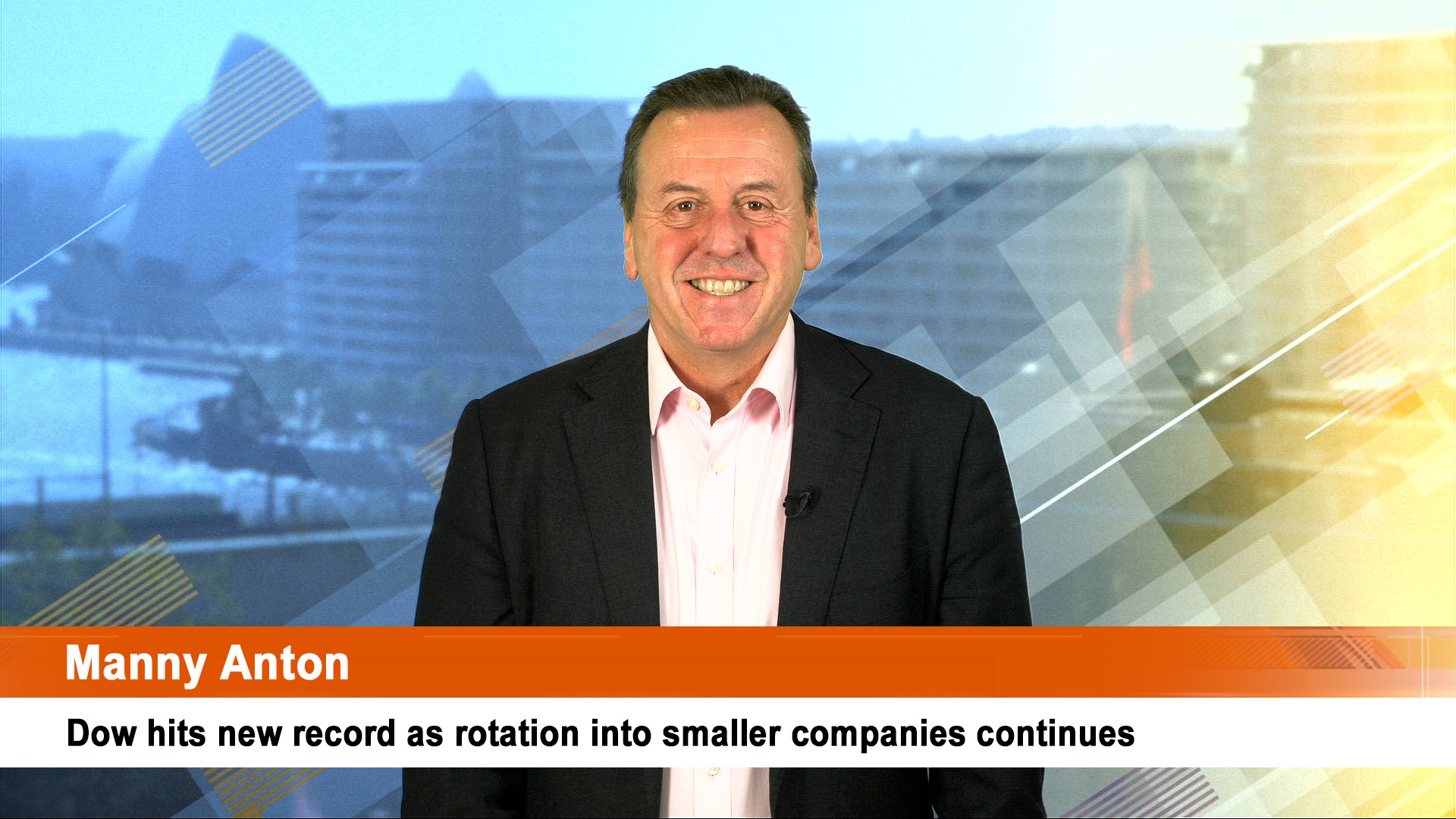A holiday Monday will help take the pressure off American investors after last week’s conclusive end to the midsummer rebound but for Australian investors it will mean a quiet start to the week until a lead from Wall Street is forthcoming.
US markets rose, then slumped on Friday to end another down week after the middling jobs data for August.
The negative US lead saw ASX 200 futures fall 16 points or 0.2% pointing to a soft start to trade for the Australian share market today.
That was after a 0.25% fall for the ASX 200 on Friday to 6,828.7 which in turn was a sharpish 3.88% lower over the week.
The US August jobs data gave investors nothing – the data was mixed and saw Wall Street shares slide after an initial burst of enthusiasm.
The jobs report showed the US economy added 315,000 jobs in August, down sharply from the high 526,000 in July.
The unemployment rate rose to 3.7%, two-tenths of a percentage point higher than forecast.
The US Bureau of Labor Statistics cut June’s jobs figure to 293,000 from 398,000 and July’s to 526,000 from 528,000, a combined net drop of 107,000 from previous estimates.
Wages continued to rise. Average hourly earnings increased 0.3% for the month and 5.2% from a year ago, both 0.1 percentage point below estimates. The annual rate is still well under the 5.7% rate in January and hasn’t changed for three months.
The second thoughts on Wall Street came after European markets closed, leaving them up 2.0% on the day but still down 2.4% for the week.
The Dow erased a 370-point gain and finished the session down 337.98 points, or about 1.1%, at 31,318.44.
The S&P 500 fell 1% to 3,924.26, its lowest close since July. The Nasdaq Composite lost 1.3% to 11,630.86, for its first six-day losing streak since 2019.
That saw losses for the third week in a row after slumping in the final days of August. The Dow and S&P lost 3% and 3.3%, respectively, while the Nasdaq shed 4.2%.
Bond yields rose sharply as higher short term interest rates for longer were factored in.
Oil, metal and iron ore prices fell with iron ore particularly hit by fears around new lockdowns in China. The $A fell over the week but regained the 68 US cent level on Friday after dipping under it during the week.
The $US pushed higher in a replay of the past couple of weeks, especially against the yen. The euro should regain some ground when the ECB lifts rates on Thursday.
The US 10-year bond yield ended at 3.2%, up 15.6 points for the week.
The AMP’s Shane Oliver pointed out that “September has been the weakest month of the year for US and Australian shares particularly when markets are already in a downtrend; and geopolitical risks remain high over Taiwan, Ukraine and the US mid-terms.”













